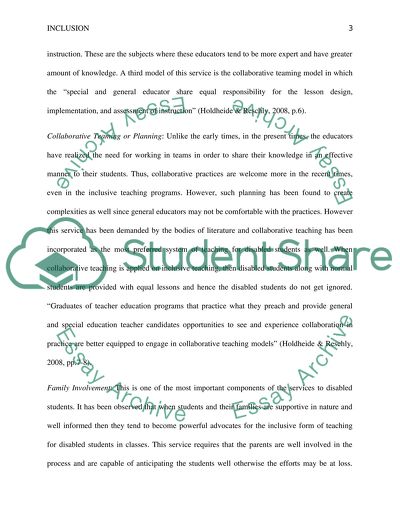Cite this document
(“Inclusion Essay Example | Topics and Well Written Essays - 1000 words”, n.d.)
Inclusion Essay Example | Topics and Well Written Essays - 1000 words. Retrieved from https://studentshare.org/education/1461134-inclusion
Inclusion Essay Example | Topics and Well Written Essays - 1000 words. Retrieved from https://studentshare.org/education/1461134-inclusion
(Inclusion Essay Example | Topics and Well Written Essays - 1000 Words)
Inclusion Essay Example | Topics and Well Written Essays - 1000 Words. https://studentshare.org/education/1461134-inclusion.
Inclusion Essay Example | Topics and Well Written Essays - 1000 Words. https://studentshare.org/education/1461134-inclusion.
“Inclusion Essay Example | Topics and Well Written Essays - 1000 Words”, n.d. https://studentshare.org/education/1461134-inclusion.


